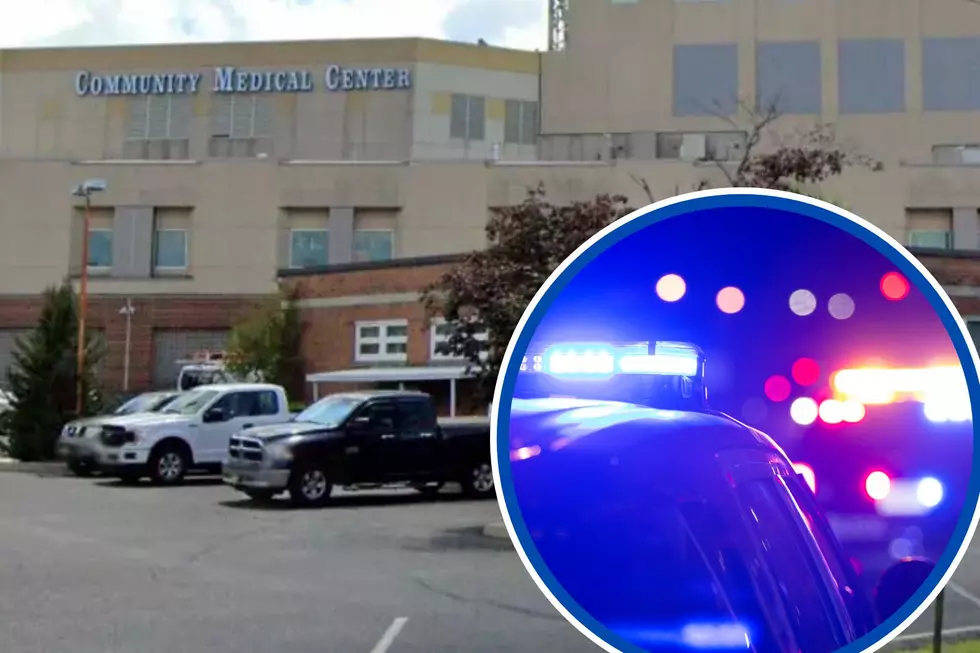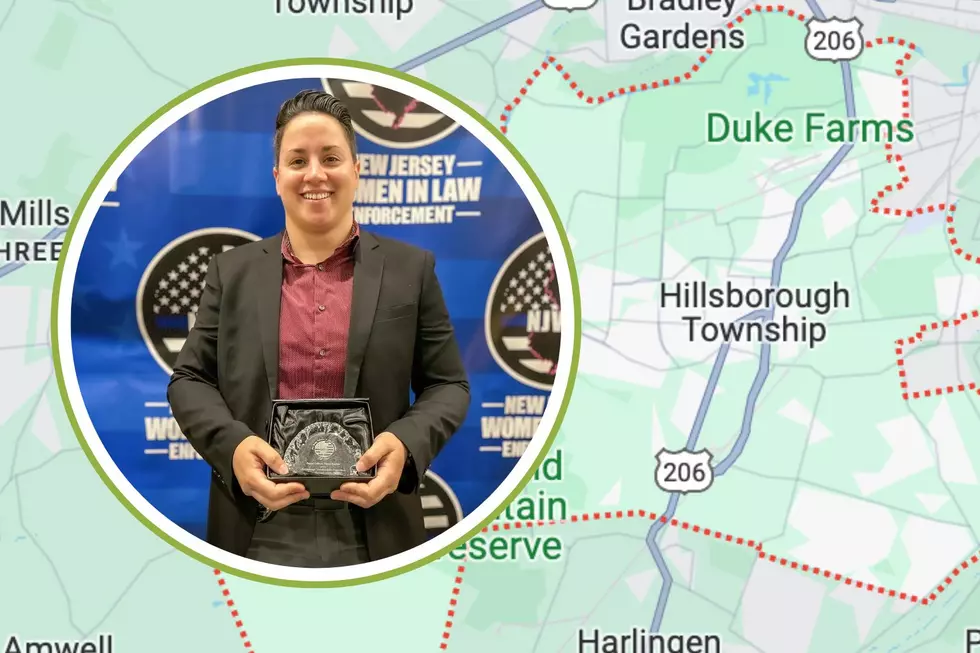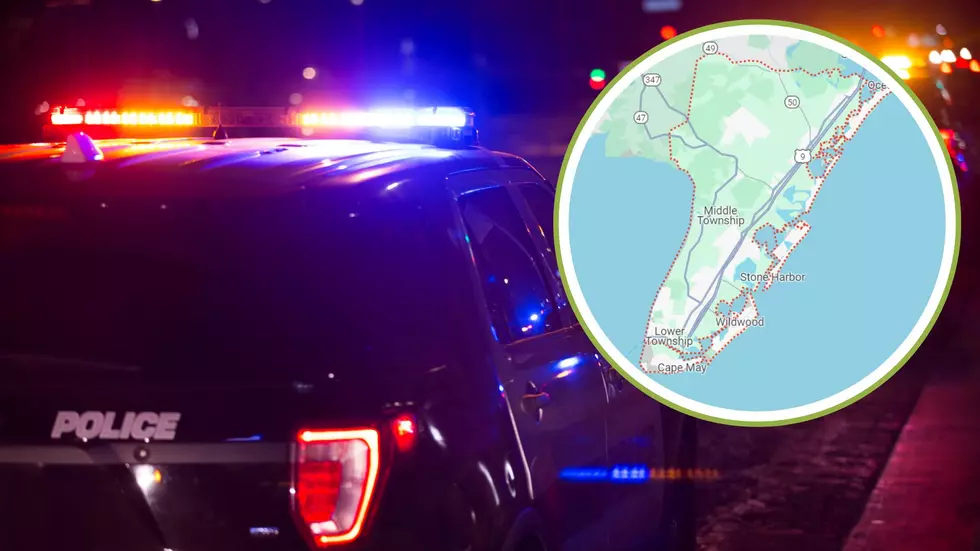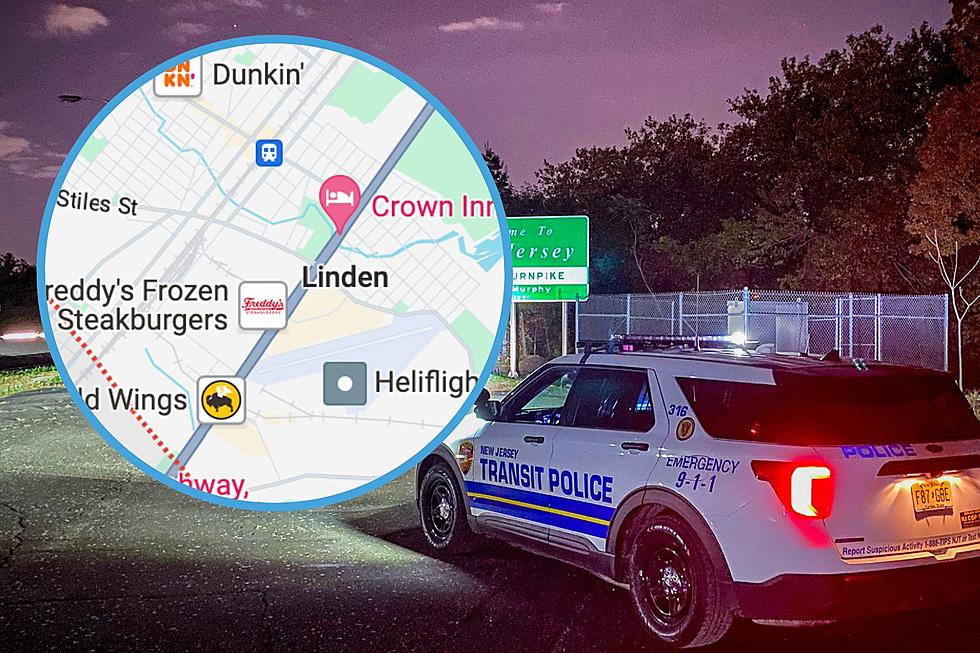Defiant NJ leaders: Give us ‘one good reason’ blue lines honoring cops are dangerous
Senate Republican Leader John Bramnick Tuesday introduced a resolution aimed at helping tributes to local law enforcement stay on the roadways in towns throughout the state.
With the federal government telling local municipalities don't conform to roadway marker rules, Bramnick said he hoped his resolution would change the tide of the discussion and allow what he deemed to be a worthy honor to first responders.
"If a municipality would like to show its support to its police department by putting a blue line on its street, they should be able to do it. Period. End of Story," he said.
Bramnick was set to introduce a joint resolution that "disapproves of the (Federal Highway Administration) determination," which says thin blue lines painted between yellow road lines in several municipalities go against the Manual on Uniform Traffic Control Devices for Streets and Highways.
A Dec. 8 letter from the FWHA to Somerset County described the blue lines as potential safety hazards — saying there should be discernable gaps between yellow lines to keep their purpose clear. It also said blue markings are only meant to be used to denote handicap parking spaces. The letter has been passed around local government agencies since.
"I have not heard one good reason why this would be distracting to the drivers," Bramnicak said. "If I had heard this was a safety hazard, I wouldn't be doing this."
"If it's a solid line, I ain't crossing it, whether it's blue, green, yellow, or white," he added.
The assemblyman said if driver distractions are a concern, his focus would be on billboards that could take drivers' eyes away from the road, rather than blue lines meant to show respect to the local police departments.
A spokesman for the FWHA reached by New Jersey 101.5 said he wasn't sure what consequence a community might face for violating the federal standard — though he suggested it could open government agencies up to liability if drivers misunderstand road markings.
"I doubt that the federal government is going to send troops in to paint over a blue line," Bramnick said. "People in government who think this is distracting to drivers should get over it and focus on other issues."
In the end, Bramnick said, this way of showing support for law enforcement can be a small step which make a big statement.
"When it comes to supporting the police there always seems to be a chorus against that, so I'm in a chorus supporting police," he said.
Somerset County Sheriff Frank Provenzano said he was glad to see government officials stepping in to help the law enforcement community. Having been in law enforcement for many years, he said, the support was important "now more than ever, with the recent shooting of my brothers in blue around the country and here in New Jersey."
The sheriff said that the painting of the blue lines has been just one part of a trend he has seen toward more support for law enforcement. More and more, he said, people are approaching officers to thank them for their work, much as he's seen with members of the armed forces in recent years.
Provenzano said the blue lines were "a very patriotic thing to do." He also said that he has seen other examples where there have been green lines for St. Patrick's Day, without a fuss raised by the federal government.
He also did not know what the consequences whether there would be any efforts made to enforce the federal guidelines. "I'm not going to do that," he said. "Will the county do that? I don't know. Will the state do that? I don't know."
Exceptions to the guidelines are extremely rare, though not unheard of. In 1995, Congress passed an update to the National Highway System Designation Act — which, among several other rule updates, determined a red, white, and blue center line on Main Street of Bristol, Rhode Island complied with Department of Transportation requirements.
A story in the Boston Globe notes that Bristol has claimed the oldest Fourth of July celebration in the country, which was the reason given for their exclusion from the normal rule.
Neil Gaffney, a spokesman for the Federal Highway Administration, said despite isolated cases like the Bristol exception, the guidelines are meant to keep motorists safe despite the best intentions of the blue lines.
"We appreciate and understand the efforts by local governments and others that convey support for law enforcement officers," he said. "However, the yellow lines down the center of a road are meant to control traffic and modification of that could cause confusion, accidents and fatalities. Our number one priority is the safety of all drivers."
In the state Senate, Sens. Christopher "Kip" Bateman and Tom Kean Jr. also objected to the federal guidelines.
"Towns paint these lines in order to honor the hardworking members of law enforcement in their own way on locally controlled roads," Bateman said in a statement sent to New Jersey 101.5. "The response from the Federal Highway Administration is an overreation to a very important local matter. If we can't support something as simple as the 'thin blue line,' what kind of message does that show to our police officers?"
Kean added: "Many recognize the danger police officers put themselves in. In many ways it's a thankless job, but they continue to go out for every shift to ensure the public is safe. If a town chooses to honor them for their service, they should have the ability to do so."
Assemblyman Erik Peterson also put forward a resolution in support of the thin blue line. The assistant Republican Whip said in a statement, "It seems that, yet again, the federal government is out of touch with everyday Americans."
"A simple show of support for the men and women of law enforcement has needlessly been brought into question," he said.
As a result of his and other efforts, Peterson said, "I'm very confident that drivers are not going to mistake the blue lines down the middle of the road for handicapped parking zones. We need to let the towns decide what is best here."
Despite assertions from the government on why they believe the guidelines are important, Bramnick said he is looking for another side to the argument being made agains the lines.
I'd like to hear the explanation, not the government's explanation, any person's explanation that this is confusing to them," he said.
Bramnick said he is unsure what the result of his resolution will be.
"It gets introduced. Now you have to ask the Speaker of the Assembly whether he's going to post it," Bramnick said.
Contact reporter Adam Hochron at 609-359-5326 or Adam.Hochron@townsquaremedia.com
More From New Jersey 101.5 FM









